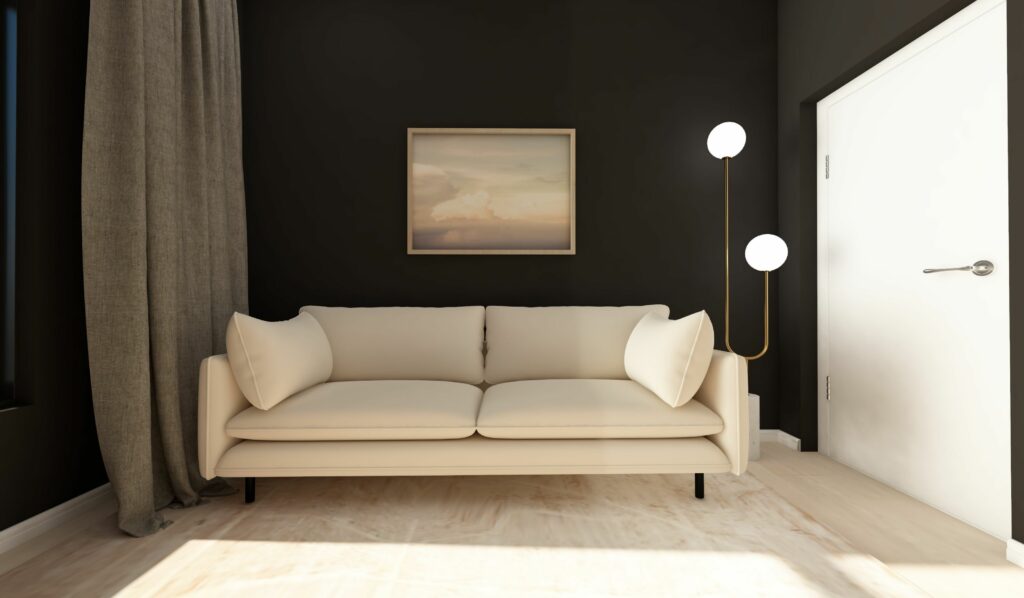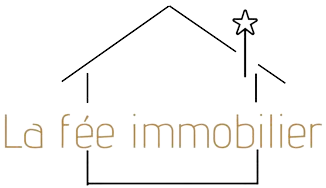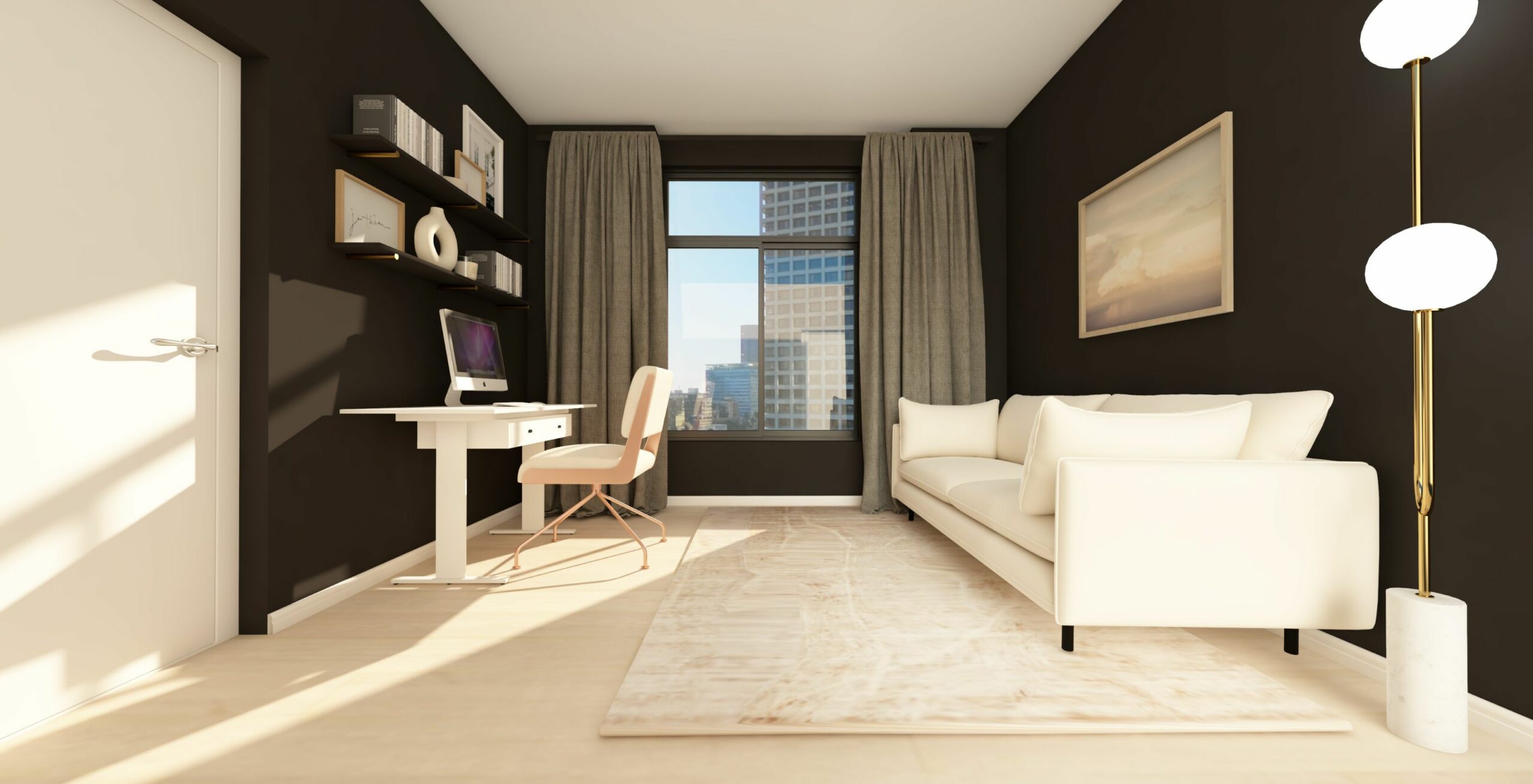Embarking on a home renovation or designing a new space from scratch can be a daunting task. For many, the idea of working with an interior designer seems like a luxury reserved for the rich and famous.
However, hiring a professional designer can be a practical and even cost-effective choice in the long run. The key is knowing how to collaborate with a designer to achieve your vision for your space. In this article, we’ll explore the process of working with an interior designer and provide tips to help you get the most out of your partnership.
Finding the right designer for your project
The first step in working with an interior designer is to find the right professional for your project. This may seem impressive, but with a little research and some consideration of your needs, you can find a designer who will be a perfect fit.
- Research and Referrals: Start by asking friends or family members for recommendations, and do some online research to find designers in your area. Look for online portfolios or social media profiles that showcase their work, and pay attention to reviews and testimonials from previous clients.
- Narrow Down Your Options: Once you have a list of potential designers, take the time to research each one more in-depth. Consider factors like their experience, design style, and availability. It’s also a good idea to schedule consultations with your top choices, so you can get a feel for their personality, discuss your project, and determine if you’ll be able to work well together.
- Check Their Credentials: Make sure the designer you choose has the necessary education, certifications, and professional affiliations. Look for membership in organizations like the American Society of Interior Designers (ASID) or the International Interior Design Association (IIDA), which can indicate a commitment to the profession and adherence to industry standards.
Establishing a budget and timeline
Before diving into the design process, it’s crucial to establish a clear budget and timeline for your project. This will help you and your designer make informed decisions and ensure that your goals are realistic.
- Discuss Your Budget: Be transparent with your designer about your budget from the beginning. This will help them tailor their recommendations and plan to suit your financial constraints, as well as advise you on where to invest and where to save.
- Consider Your Timeline: Discuss your desired timeline with your designer, taking into account factors such as permit approvals, lead times for furniture and materials, and the availability of contractors. Keep in mind that some aspects of the project may take longer than expected, so it’s essential to be flexible and open to adjustments.
Communicating your design vision
One of the most important aspects of working with an interior designer is effectively communicating your design vision. This will help your designer understand your preferences, needs, and goals for the space.
- Create a Visual Reference: Compile images of spaces, furniture, and details that inspire you. This could be done through a physical mood board or through digital platforms like Pinterest. Sharing these visuals with your designer will give them a better understanding of your taste and preferences.
- Discuss Functionality and Goals: Be clear about the goals you have for your space, whether it’s creating a more functional kitchen or designing a cozy living room. Discuss any specific requirements or preferences you have, such as incorporating eco-friendly materials or accommodating family members with disabilities.
- Be Open to Suggestions: Remember that your designer is an expert in the field, so be open to it’s recommendations and ideas. He has the skills and experience to find creative solutions to your design challenges and can offer valuable insights to help you make the most of your space.
Reviewing and approving designs
As your designer begins to create a design plan for your project, it’s essential to review their proposals and provide feedback.
- Ask Questions: Make sure you fully understand the design concepts presented by your designer. If you’re unsure about any aspect of the plan, don’t hesitate to ask for clarification. This is your opportunity to address any concerns and ensure that you’re on the same page.
- Provide Feedback: Be honest and constructive in your feedback. If there’s something you don’t like or feel is missing, let your designer know. Conversely, be sure to communicate your excitement and approval when you see elements that you love.
- Expect Revisions: It’s rare for a design to be perfect on the first draft. Expect to go through several revisions as you and your designer work together to refine the plan and address any concerns.
Overseeing the implementation
Once you’ve approved the design, it’s time to move forward with the implementation. This can involve purchasing materials and furniture, coordinating with contractors, and overseeing the installation process.
- Trust Your Designer: Remember that your designer is a professional with a wealth of experience. Trust them to manage the implementation process and handle any issues that may arise.
- Stay Involved: While it’s important to give your designer the freedom to manage the project, it’s still essential to stay involved and informed. Maintain regular communication with your designer and any contractors involved to ensure that the project is progressing smoothly and to address any concerns or questions.
- Prepare for Unexpected Challenges: No project goes entirely according to plan. Be prepared to navigate unforeseen obstacles, such as delays in delivering materials or unexpected structural issues. Your designer will be able to help you come up with solutions and adapt the plan as needed.
Working with an interior designer can be a rewarding and enjoyable experience, resulting in a beautifully designed space that meets your needs and reflects your personal style. By following these steps and maintaining open communication with your designer, you’ll be well on your way to a successful design project.
Handling payments and fees
Understanding the financial aspect of working with an interior designer is crucial to ensuring a smooth collaboration. This includes being aware of the designer’s fees and payment structure, as well as preparing for additional expenses that may arise during the project.
- Know Your Designer’s Fee Structure: Interior designers may charge fees in various ways, such as hourly rates, a flat fee, or a percentage of the total project cost. Discuss this openly with your designer to ensure you understand their payment structure and can budget accordingly.
- Prepare for Additional Expenses: Aside from the designer’s fees, there may be other costs associated with your project, such as permits, contractor fees, and purchasing materials and furniture. Be prepared to cover these expenses and discuss any potential additional costs with your designer.
- Set Payment Terms: Establish clear payment terms with your designer, including when payments are due, acceptable payment methods, and any late fees or penalties that may apply. This can help avoid misunderstandings or disputes later in the project.
- Track Your Expenses: Keep a record of all costs related to your project, from designer fees to material purchases. This will help you stay on budget and ensure all financial aspects of the project are accounted for.

Home design
Wrapping up your project and maintaining a relationship
Once your project is complete, it’s essential to review the final results, tie up any loose ends, and maintain your relationship with your designer for future projects or assistance.
- Review the Completed Space: Take the time to walk through your new space with your designer, discussing any final touches or adjustments needed. Ensure that everything is executed according to the approved design plan and that you’re satisfied with the results.
- Address Any Issues: If any issues arise after the completion of your project, such as defects in materials or workmanship, discuss these with your designer. They can help you resolve these problems and ensure your space is functional and enjoyable.
- Maintain a Relationship: After your project is complete, it’s a good idea to stay in touch with your designer. They can be a valuable resource for future design needs or advice, and maintaining a positive relationship can lead to successful collaborations in the future.
Working with an interior designer can transform your space into a beautiful and functional environment that suits your needs and preferences. By following the tips and advice outlined in this article, you can successfully collaborate with a designer to achieve your vision and enjoy a stress-free design experience. Remember, communication is key – keep the lines of dialogue open and trust your designer to guide you through the process. With their expertise and your input, you’ll be well on your way to a stunning space that you can be proud of.

